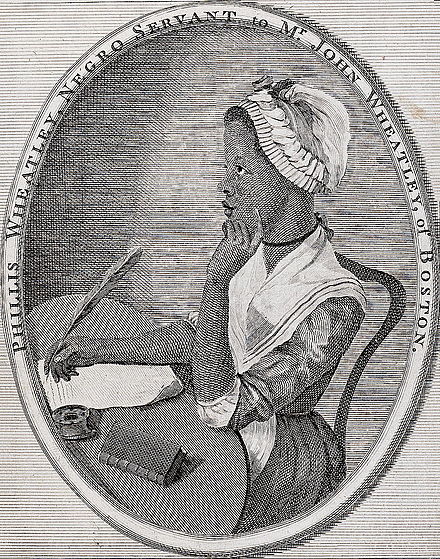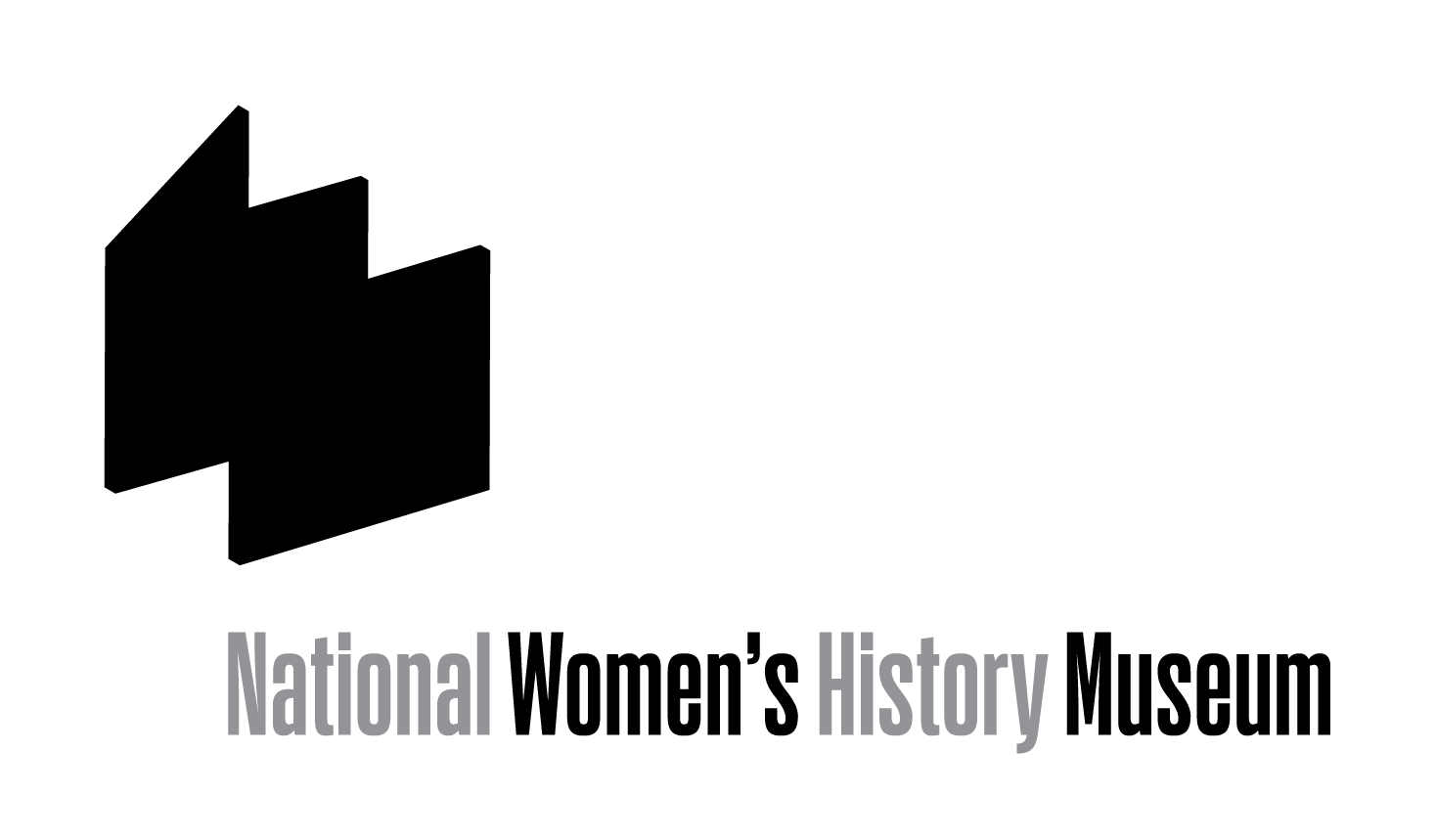
Judith Sargent Murray, On the Equality of the Sexes, 1790
Judith Sargent Murray was a radical thinker for her time; born in 1751, she did not believe traditional women’s work was intellectually stimulating. Her essay, “On the Equality of the Sexes,” was first published in 1790 by The Massachusetts Magazine. It focused on the differences between minds and the need for stimulation. Murray saw no reason women should not be educated or valued the same as men.

Mary Wollstonecraft, A Vindication of the Rights of Woman, 1792
Mary Wollstonecraft was a writer and advocate of women's rights.

Phillis Wheatley, Poems on Various Subjects, 1773
Phillis Wheatley is regarded as one of America’s first poets. She was born in 1753 in Africa, was then captured by slave traders, and sold to the Wheatley family in Boston in 1761. The Wheatley family saw to her education, and she was able to read within sixteen months of being brought to the United States. As a teenager, Wheatley began writing poems. Her first poem was published in 1770 entitled “An Elegiac Poem, on the Death of the Celebrated Divine George Whitefield,” and brought her much notoriety. Then in 1773, Wheatley published her first collections of poems in Poems on Various Subjects, Religious and Moral. This was the first time a book written by an African American woman had been published and only the second time a book written by a woman had been published in the United States.




